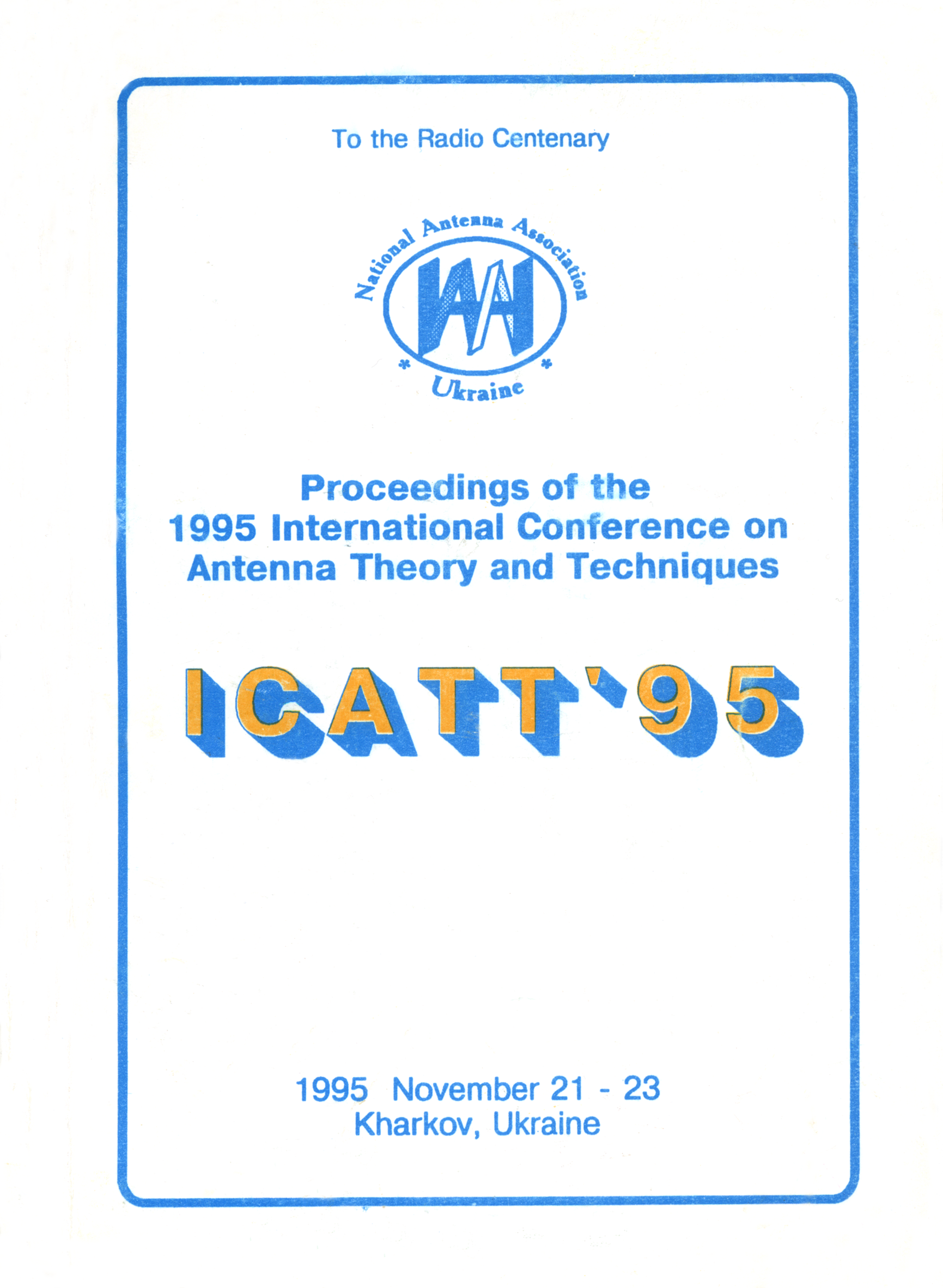Microwave holographic antenna array design by using psychophysical properties of eye
DOI:
https://doi.org/10.1109/ICATT.1995.1234120Abstract
Microwave holographic systems use antenna arrays with elements distributed uniformly in the plane of receiving aperture. Such distribution provides decreasing the redundancy of registered holographic information, while the quality of images remains high (side lobes are suppressed).
Design principles are proposed of microwave quasiperiodic holographic arrays, which can be synthesized by various space-time methods using the psychophysical properties of the human vision. Besides of the redundancy reduction, these antenna arrays provide microwave holographic image enhancement over the background level.
It is known that the spatial bandpass filtering with characteristics, which are analogs of human vision, is used in the microwave holography too. Such a filtering allows to increase the microwave holographic image quality and to suppress associated noise.
We have developed linear and two-dimensional antenna arrays with element distribution corresponding to the cone distribution in the yellow spot of a human eye. Application of these arrays in combination with logarithmic receivers provides holographic image contouring and enhancement, and noise suppression.
